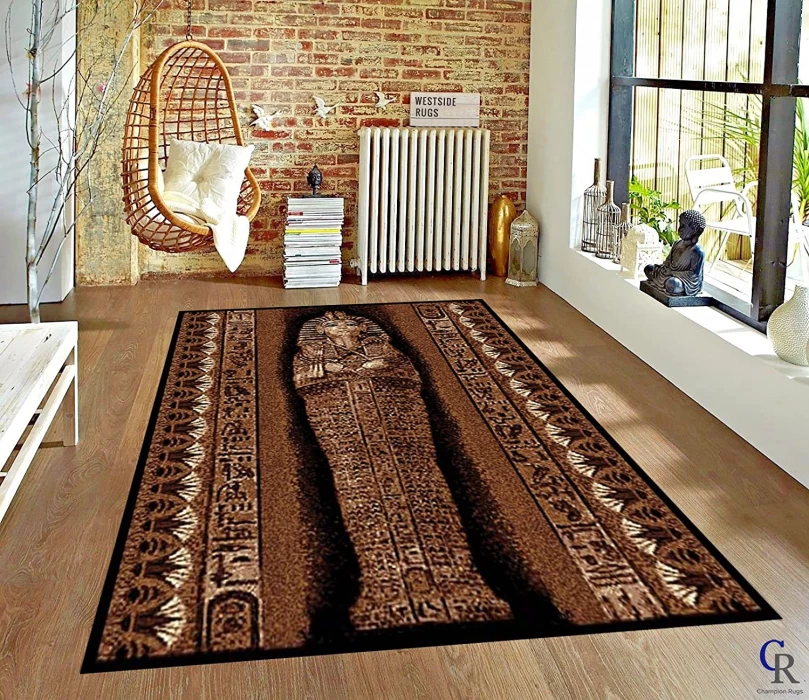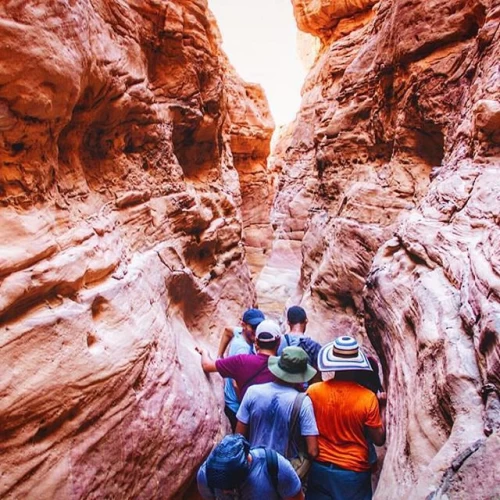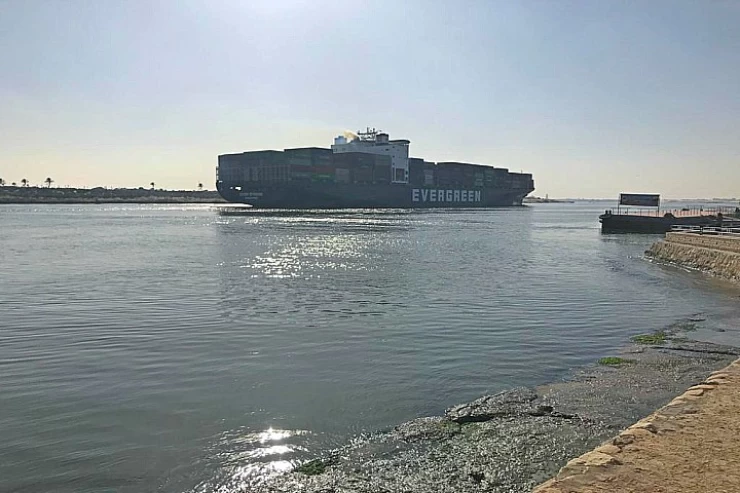
Handmade Carpet Making
Handmade Carpet Making
The carpet industry began in ancient times with several colors, types and designs covering various floors in manual ways, by weaving it with needle and thread in a way that may seem difficult in light of the progress and growth witnessed by the current industries, as the carpet industry has also developed by special machines that contain hundreds of needles that work simultaneously to produce large numbers of carpets quickly, accurately and efficiently, in addition to the subsequent dyeing processes that give the carpets attractive and distinctive colors.
Every type and form of handmade carpets that are made today, can be explained with pictures and text in the succeeding ways: Hand Spinning Of Wool And Cotton Yarn In Carpets There can be found beautiful carpets, tapestries, and other decorative items made from en colored yarns where spinning, weaving and even hand crochet have been utilized. In the case of carpets spun using colored designs, there are also varieties of carpets spun from cotton argumentative essay examples.
Considering the properties of cotton which includes its high moisture absorption capability and availability making its easy to clean discourages use of its fibers in carpet spinning. These fibers have various lengths and shapes ranging from small area carpets to room stereoscope or even larger ones size. This may explain why wool yarn can be made into more carpets designs besides straight line patterns which attract more customers with their even more creative colors and intriguing drawings or uneven geometric shapes.
Carpet fibers are traditionally dyed by first producing the fibers by ordinary manual methods, but in a colorless form, where the color tends to be gray or beige, then they are re-dipped and saturated in colored dyes. This is different from modern industrial fiber dyeing methods, which rely on special techniques that give the fibers the desired color during the manufacturing process, i.e. before they are completed, and this technique is known as solution dyeing.
















